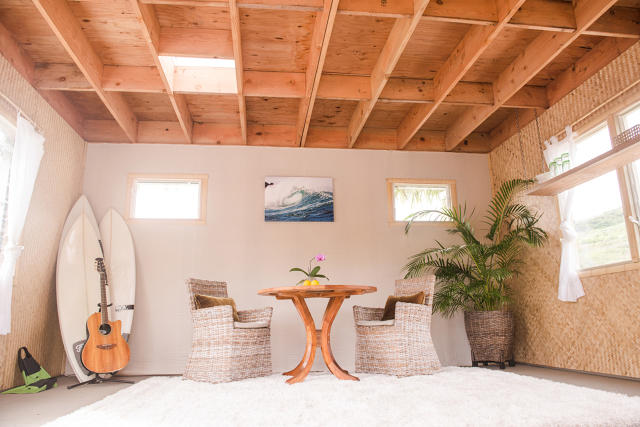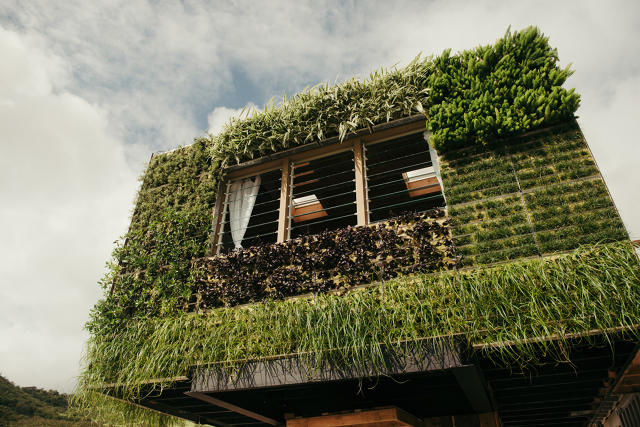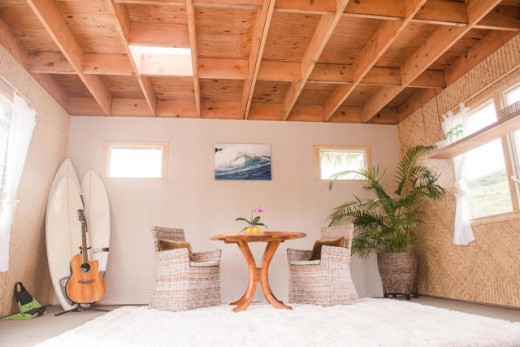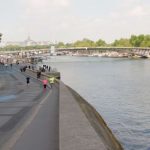What If We crammed Our Parking a lot With These Tiny, Tree-Like homes?
putting affordable, sustainable housing within the one location in crowded cities the place there is a lot of on hand area.
August 31, 2015
to evaluate by means of their advertising materials, most tiny properties are in-built bucolic settings within the woods. however a brand new tiny house firm has a different vicinity in mind: the ocean of parking a lot that covers the united states.
via some estimates, there are as many as 2 billion parking spots in the u . s . a ., and many are incessantly empty—more than likely not the best use of land in areas that fight with reasonably priced housing. So raise, a Hawaii-primarily based tiny house firm, wants to make it so parking loads can double as sustainable neighborhoods.
“it is just an exceptionally underutilized house,” says Nathan Toothman, co-founder of bring up structure. “There are massive, oceans of concrete. In some cities, i believe a 3rd of the realm is parking loads. We’re looking to bring more usage into that space.”

The design doesn’t dispose of parking. to go away room for cars, the house is propped up on a trunk-like base. “It additionally retains the proportions of a tree—retains it having a look like a tree,” he says. If the home seems like a tree, he thinks it’s going to more simply be conventional into standard city design. Most parking rather a lot have already got necessities for exact bushes, so it won’t seem to be misplaced, or as a minimum not more than the fake tree cellphone towers that have proliferated.
When it rains, the roof funnels water right into a storage tank hidden within the “trunk.” That reduces stormwater runoff—a common drawback in parking lots—and provides the tiny house an off-grid supply of water. “the idea is truly to assist with water scarcity issues,” says Toothman. the bottom can grasp up to 1,500 gallons of water.

solar panels on the roof power the building and may also run dehumidifiers to drag even more water out of the air (at the least in a place like Hawaii) to keep filling the tank even when it’s not raining. Having water in the base helps maintain the home securely laden in case of flooding or a tsunami, and micro-piles within the the ground anchor it down much more.
The walls are covered in crops to help scale back air air pollution and add to the tree-like effect. “it can be bringing more lifestyles again into parking quite a bit,” Toothman says.
The buildings may also be used for companies like cafes, and for the reason that pre-fab design can quick be put in, they may be able to also pop up for occasions. “The goal is really simply to make a self-adequate, stand-alone structure that can be used in all kinds of applications,” he says.
The startup is currently raising funds for his or her first demo tiny home on Kickstarter.
[All Photos: Ashley Camper Pictures]
fast company , learn Full Story
(85)














